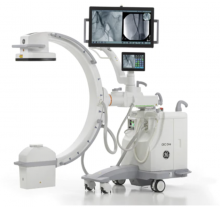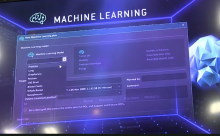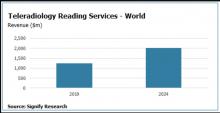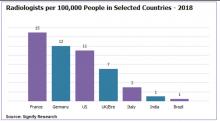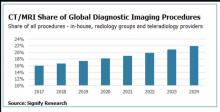Moblie C-arms have seen several advances over the past decade, moving toward digital flat panel detectors, improved image quality, advanced imaging features and workflow improvements. Here are some recent advances.
If you enjoy this content, please share it with a colleague
- Read more about Mobile C-arms Market Update
- Log in or register to post comments

